
I know what you're thinking: my vacuum cleaner has a maximum fill line, right? As long as I'm avoiding filling it past that, surely I'm not overfilling it?
Well, that depends on the vacuum, and how much you want to take care of it. Even if you're not filling it past the max line, you can still cause potential damage by not regularly emptying your appliance.
I'm a home tech editor and have spent 200 hours testing the best vacuums, and even more writing about them. I've visited vacuum engineering labs and learned how to take apart and maintain all the different types. This is why you should avoid overfilling yours, and how to know if you are.
Why you should never overfill your vacuum cleaner
Bagless vacuums, like most of the best cordless sticks and upright vacuums that are common household staples, have a 'maximum fill' line that you shouldn't exceed.
'Once you go past the point it should be emptied, then it starts to clog up internally,' shares long-time vacuum repair pro, Jade Gillham from Avon Domestics. This is the case for any type of vacuum, not just those with more sensitive parts, like a cordless stick.
Not only can you create a blockage causing a loss of suction power, but dust and dirt can travel further into the vacuum and wear down parts that weren't designed to handle that level of dirt, like your vacuum HEPA filter.
You're also forcing the vacuum to work harder. The lack of airflow through the appliances can cause the motor to overheat, causing long-term damage and weaker performance.
And when you compare bagged vs bagless vacuums, the potential consequences are the same in bagged vacuums, but with the added risk of the bag possibly bursting. That's a messy and potentially dangerous event that is best left to the imagination.
When I was younger, and years before I became an expert in testing and reviewing vacuums, I would overfill mine way past the line to avoid emptying it for as long as possible.
Because of this, I've had my upright Dyson vacuum almost completely break. We spent time trying to figure out what the issue was before realizing that, because it was so full, dust had crammed into parts of the vacuum that it normally wouldn't have, causing a major blockage.
It required us to take it apart and use a blunt knife to clear the trapped dust. Luckily, this time the vacuum wasn't broken and we cleared the jam, but looking back, this probably wasn't the safest idea. Knowing what I know now, I'd use a drain snake or an air compressor to safely remove the blockage without damaging the vacuum.
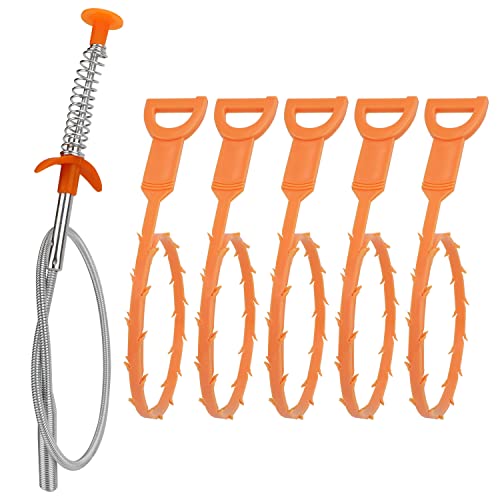
One long, stainless steel snake and five plastic ones should keep you covered for a whole variety of clogs, not just for your vacuum cleaner.
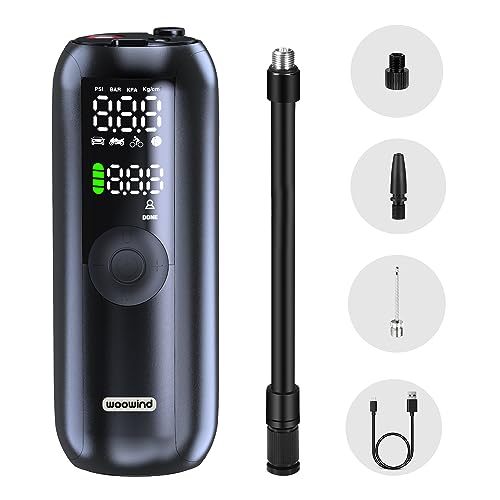
This air compressor from Woowind is completely portable with a max pressure of 150PSI. Aside from providing a strong stream of air to clear blockages and clean electronics, you can use it to pump up your bike or car tires.
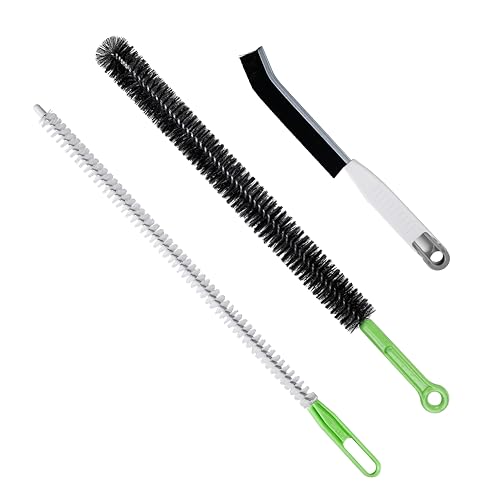
While you're at it, it's a good idea to stock up on some vacuum cleaning brushes to keep your dustbin and internal parts clear of any stubborn dirt. Without it, this dirt can easily accumulate within and cause a loss of suction and potential blockages.
How to avoid overfilling your vacuum cleaner

Jade from Avon Domestics advises emptying your vacuum more often than you might be used to. 'I recommend emptying the vacuum after each room of the house. It's just a case of emptying the dustbin as often as you can,' she advises.
For bagged vacuums, there's no use in emptying them before they're full. Take note of any warning lights that the bag is full, like in the best Miele vacuums. But if yours doesn't have one, you'll know when the bag's filling up once your suction starts to drop.
In the context of how full they get, think of your vacuums like your washer. A washer can still deliver a sufficient wash with your clothes filled to the max line, but it washes more thoroughly with more space in there.
The same goes for your vacuum's suction power. Keep your dustbin as empty as possible, and your vacuum will clean at its best, while also keeping it in good shape and not putting unnecessary stress on its components. This will prolong its lifespan.
If you find that your vacuum fills up a little too quickly, or you'd prefer not to empty it multiple times a cleaning session, maybe it's time for an upgrade to a vacuum with a bigger dustbin. Or, having a small, handheld vacuum nearby allows you to deal with the quick messes without having to bring out and empty your full-sized vacuum.
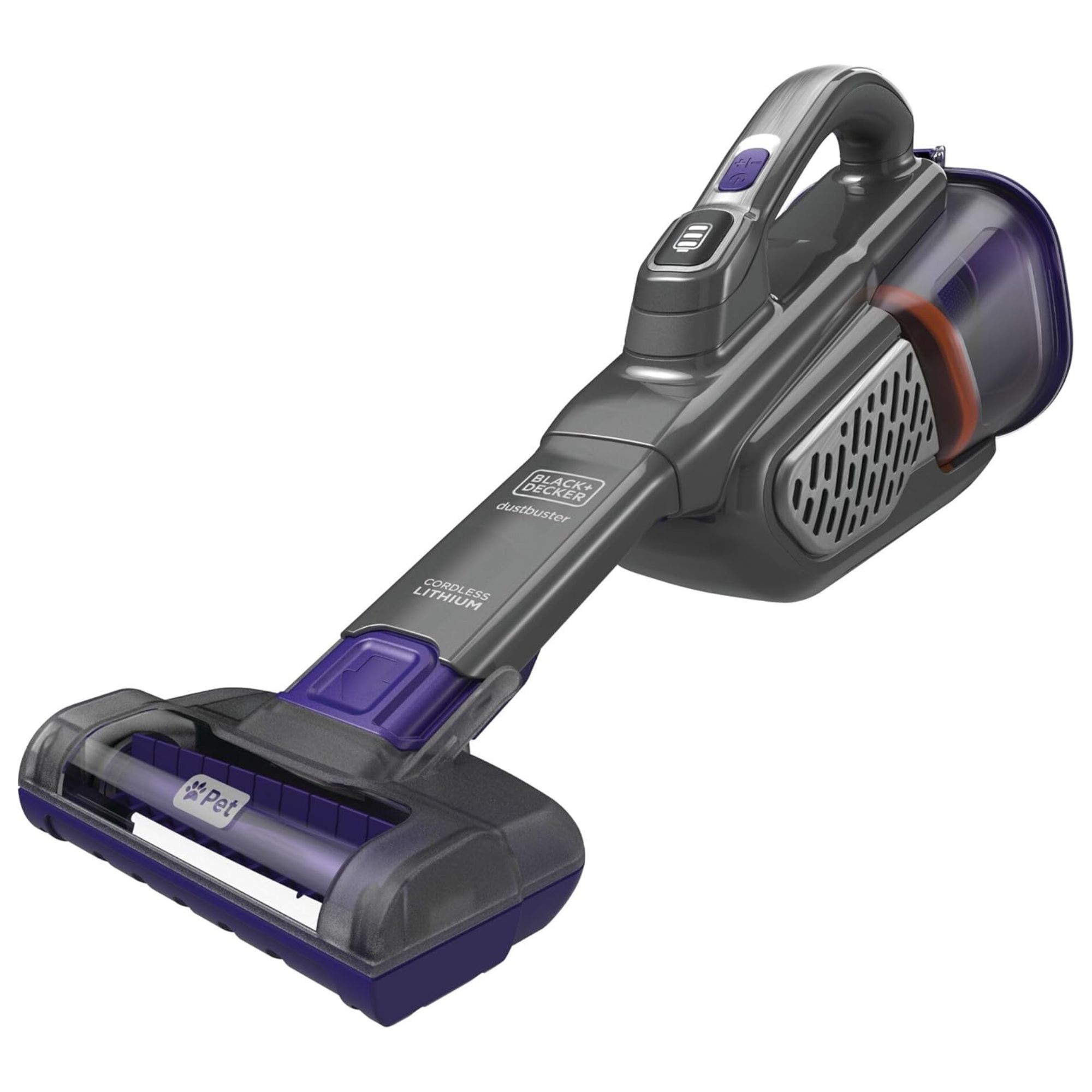
This is the best handheld vacuum we've tested at Homes & Gardens, and it's amazing for those quick clean ups and to remove pet hair as and when you see it, and will reduce how often you need to use and empty your full-sized vacuum.
Read more in our full Black+Decker dustbuster furbuster AdvanceClean+ Pet review.
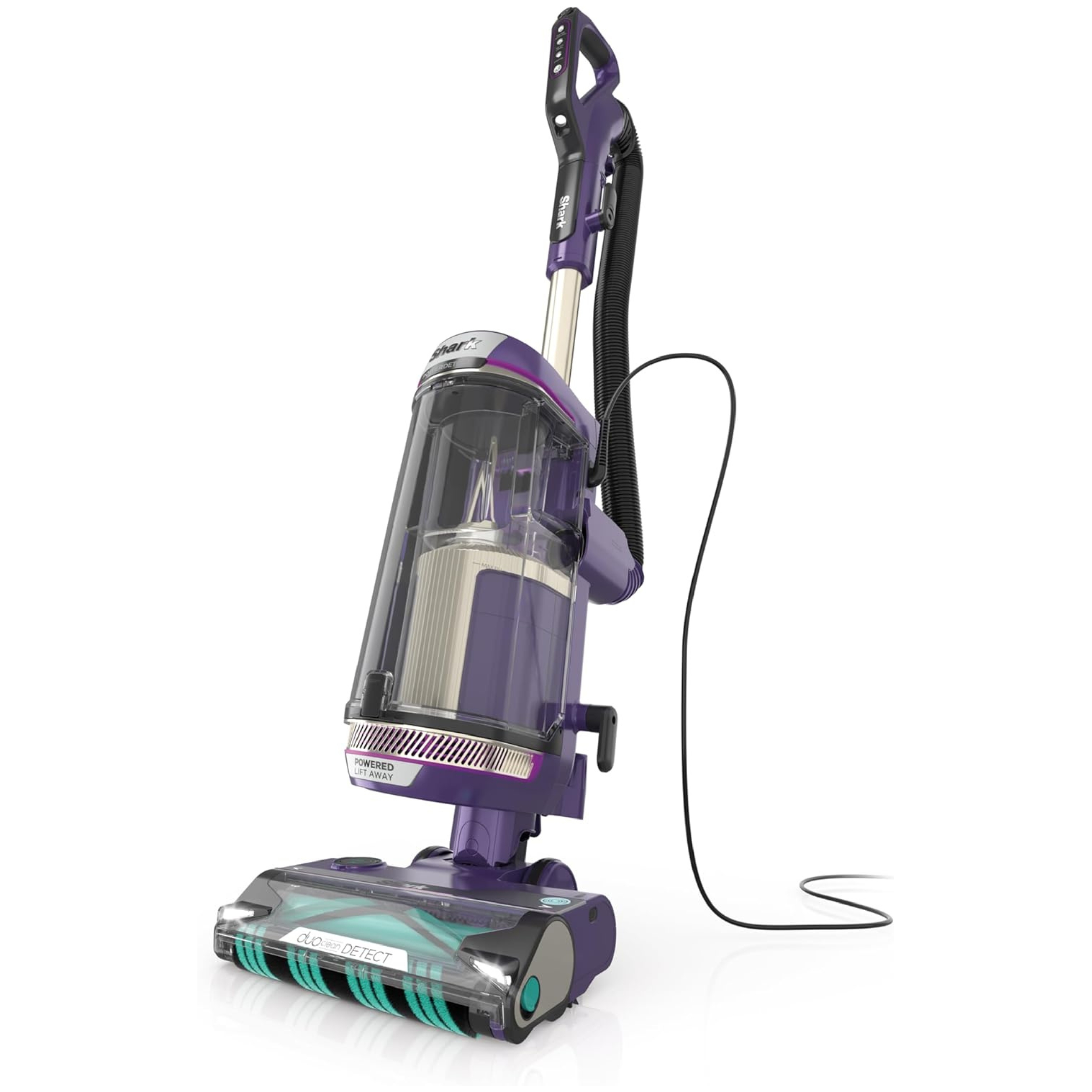
Our favorite-ever upright vacuum has a generous 2.02qt dustbin, as well as a cartridge that neutralizes odors as they come in, producing fresher smells as the air comes out. It's also incredibly powerful, and vacuumed all messes in one pass during our tests.
Read more in our full Shark POWERDETECT review.
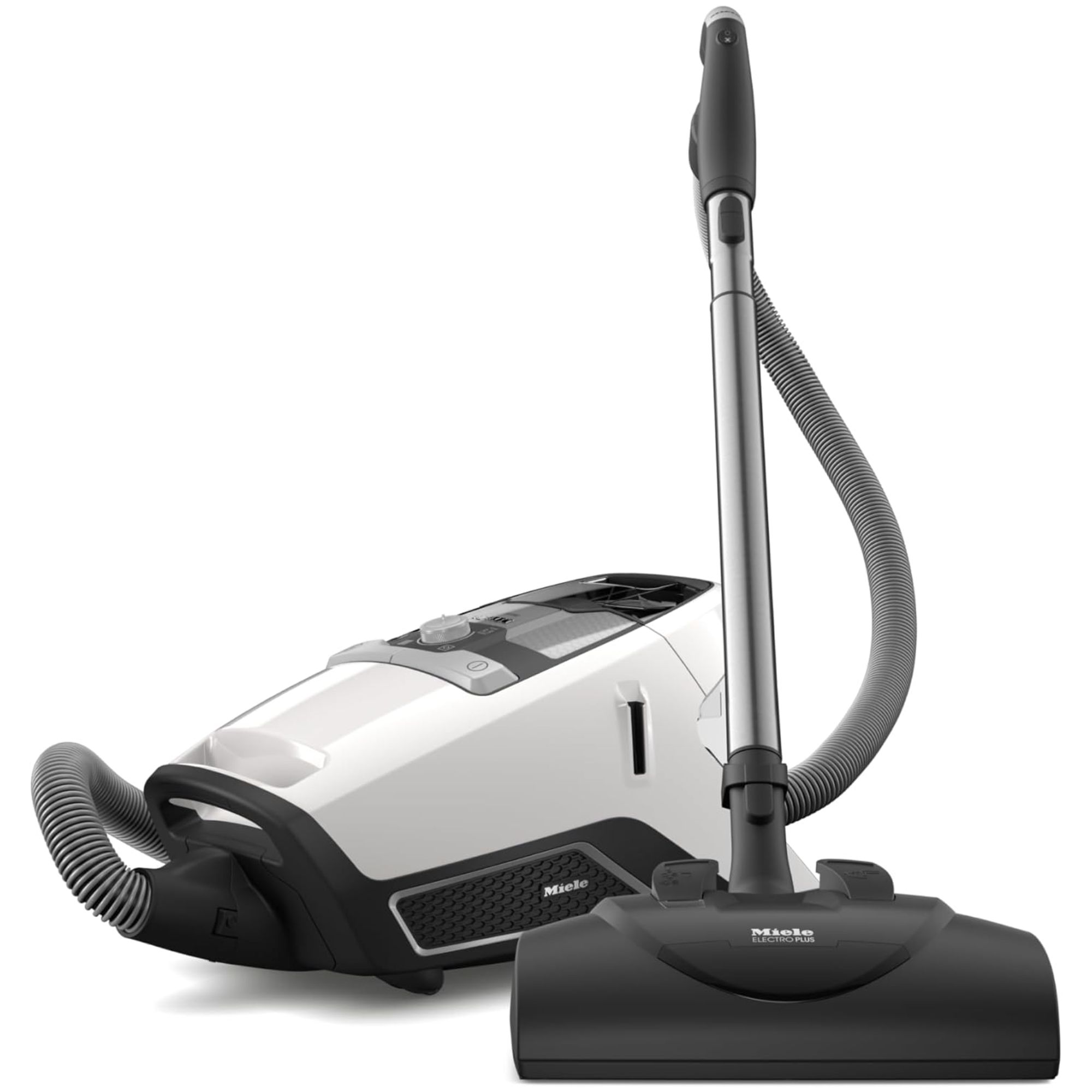
With a 2.1qt dustbin and super-strong suction power, the Miele Blizzard CX1 is one of our favorite canister vacuums on test. And because it's Miele, it will last you years if you look after it.
Read more in our full Miele Blizzard CX1 Cat & Dog review.
Next, learn about the common faults in Dyson vacuums and the common faults in Shark vacuums that you can avoid with simple maintenance steps.







